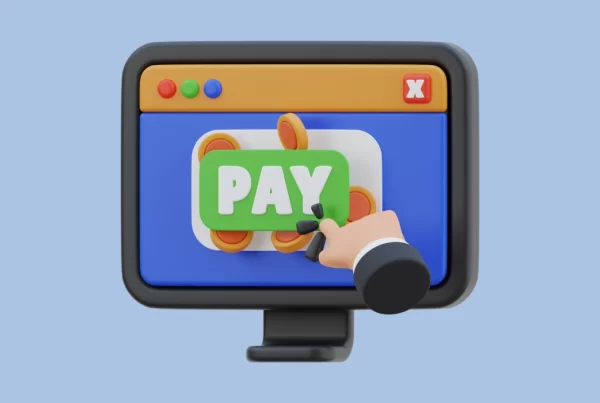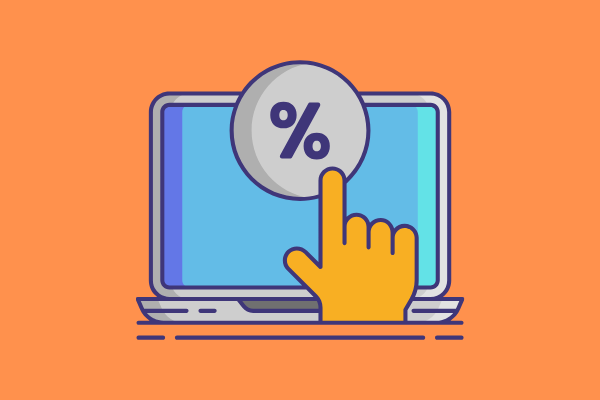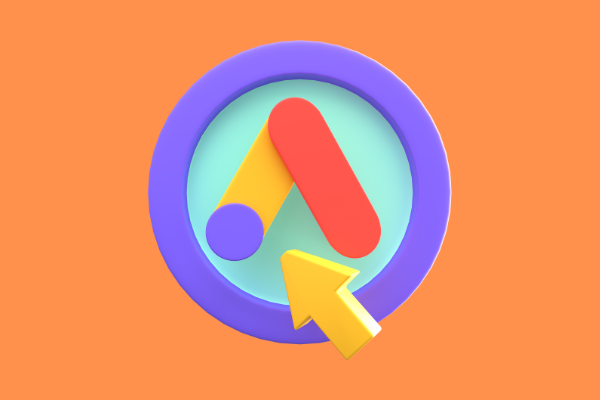Last Updated on 1 year ago by Ecem Ertürk
Data analysis is one of the indispensable routine operations performed in every company and informs companies of important points. Unfortunately, this information, which is quite necessary for the growth, development, and transformation of the company, is not easily understood. Often, the technique involves complex terms and numbers. One of the methods everyone uses to understand this data is data storytelling. Telling data through stories makes it easier to understand the target audience. The storyteller receives data, and comments, milking complex words, and presents them to those concerned as a meaningful whole. In this way, meaningful information and insights about the company are accessible and understandable to everyone. In this regard, data storytelling has great importance. While there are some basic steps to follow, it is more useful to work with a digital marketing agency to interpret the data correctly and present insights. In this way, a suitable environment is created for the teams, and the decisions to be made about the company are based on reliable information.
What is Data Storytelling?
Data analysis may not be understandable to everyone. At this point, data storytelling is applied to put the data in an understandable form for everyone. In this method, data analysis is presented with storytelling techniques, complaints are simplified, and complex terms are simplified. This method receives support, especially when presenting data to a wider audience. In general, narrative, data, graphics, and visuals are used together, and the findings obtained are impressively presented to the relevant people. The purpose of data storytelling is to ensure that the data obtained is accessible to everyone and to create an efficient sharing environment.
Why is Data Storytelling Important?

It is important that the data be understood by everyone because it contains important information. It can be quite difficult from time to time to follow this data, which is often mixed and overwhelming. The fact that everyone can understand and evaluate this data easily depends on how the data storytelling narrator presents it. Valuable data is transferred to the target audience in the most accurate way, not only with numbers and complex words, but also with interesting graphics, visuals, and simple expressions. In this way, the target group’s background can help them understand and interpret what is said, regardless of knowledge and skill. A good story consists of many different visual and written components, thus providing easy tracking. For all these reasons, data storytelling has an important role.
Data Stories vs. Data Visualizations
Data stories and data visualization are mixed with each other, but data stories is a broader term that includes visualization. Data visualization is an important part of storytelling and is used to support the story. Although it gives limited information alone, it makes it easy to understand the context when used in data storytelling. Following images is easier than following complex texts. In addition, the information provided through the visuals can be presented by interpreting it in a meaningful way within the data analysis.
The Benefits of Data Storytelling
The reason why data storytelling is so popular is because it has undeniable benefits. It is a method that contributes to the growth, development, and positive transformation of a company.
One of the benefits of effective data storytelling is, undoubtedly, its insight. Stories play an important role, especially for data-driven companies looking to take action faster. Describing the data through a story provides an opportunity for all employees to understand, evaluate, and plan forward.
In addition, it is one of the ideal ways to increase business unity and in-team communication. The target audience can directly understand the message that is intended to be given in simpler and more interesting sentences so that a suitable environment can be prepared for the exchange of ideas. In this way, teams can work in harmony with each other to solve possible problems.
Finally, data storytelling is an excellent way to increase efficiency. It eliminates confusion and emphasizes meaningful data. In this way, it speeds up the process of data analysis and the implementation of the results, with actions such as better reasoning, efficient discussion, and quick decision-making. Moreover, safer steps are taken, and important details are prevented from being overlooked because decisions are made based on information.
How to Tell a Story with Data?
Although how stories are told with data differs from company to company, there are a few important details that should be considered. These details make it easier for the story described to be successful and the message to cross over.
1. Find the story within the data
A good storyteller must first determine what the data really is and what it says. Understanding the detailed analysis of the data creates a reference point for the starting point. For this reason, the first stage is to correctly understand what the data are telling us and then to be able to tell the other party with the right words.
2. Consider your audience
Every story has two sides: those who tell it and those who listen. The narrator should determine the words he uses and the way he presents the data according to his audience. For this reason, the background, knowledge, and skills of the target audience are of great importance. Knowing the listeners’ background guides what components to highlight, how to proceed with the narrative, and how to avoid technical confusion.
3. Determine what data matters
As a result of data analysis, you can have a very comprehensive set of information. Instead of getting lost in this crowd of data, it makes more sense to focus on the specific topic that underpins data storytelling. For example, if you are going to tell a story about marketing strategies, your data should also be relevant to this topic. While working on this type of subject, it is most logical to eliminate data on issues such as employee satisfaction and focus on the main issue.
4. Analyze data and find insights
Step 4 consists of making sense of the data. After selecting relevant data, these data should be put together into a meaningful whole. Significant insights can be found by trying to see the relationship between the data, interpreting the data separately or together, or noticing repetitive patterns. These insights show you what to focus on at the end of the story.
5. Identify the most effective data visualizations
You need help from data visualization so that the target audience can better grasp and follow what you are saying. Images make it easier for everyone to understand the information you provide. At this stage, you have different visualization options, such as graphics and infographics. According to the data you will provide, you should choose the one that is most effective for you.
6. Provide context
In addition to insights, another critical point in data storytelling is creating context. When the data is presented alone, it may not be as meaningful and striking as you would expect. For this reason, you need to frame your story with other important information and create a context that will put the story into a meaningful whole.
7. Structure your story
If you have paid attention to all these details, you can now configure your story. Configuration means bringing a stream to the story and making it more remarkable. It is important to highlight the points in your story and identify the points of the axle that offer the opportunity for a solution.












